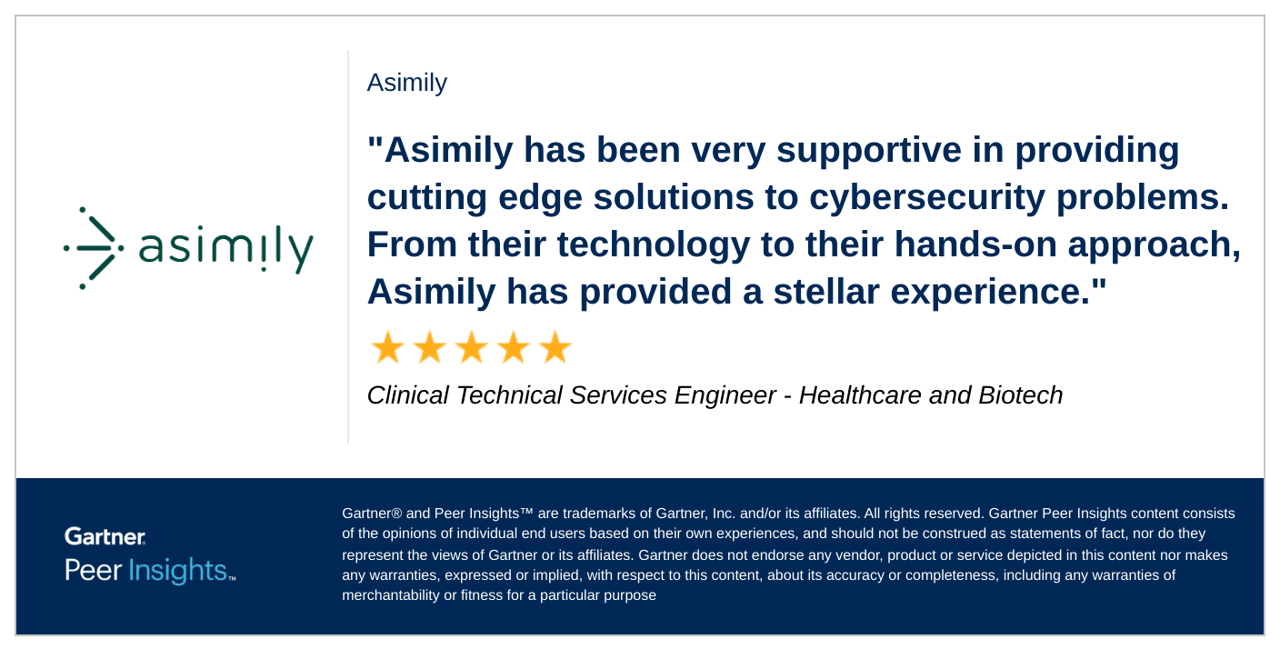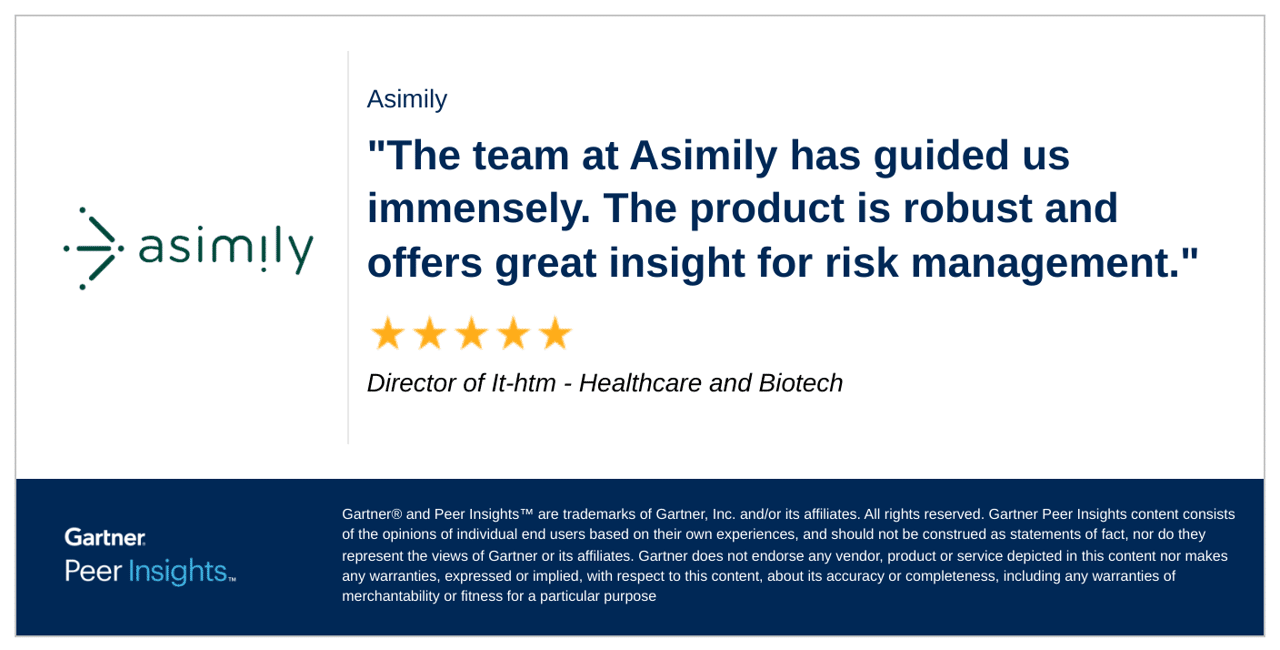Concentrated IoT Weaknesses are Risky
Without Device-level Analysis, Defense is Harder
Mitigation Work Needs to Be Efficient
IoT Devices can have some, many or no vulnerabilities. Since they are often distributed geographically, it can help to understand issues on each IoT. This way, teams can fix multiple issues at one time, increasing efficiency.
Device Protection Should Be Rapid
Inefficient security teams struggle to stay ahead of attackers. Vulnerabilities can stay around longer than needed, and attackers can concentrate their attention on the slowest and most exploitable targets.
Devices Should Not Be Unprotected for Long
When exposure windows are long, dwell time for intrusions can increase too. This gives attackers more time to exfiltrate, establish persistence and every other bad outcome CISOs strive to avoid.
IoT Device Security in 2024:
The High Cost of Doing Nothing
Protecting the growing IoT architecture
in a complicated security environment
Aggregated, Dynamic, Rich
How Asimily Prioritizes Devices
Asimily customers get a stack ranked list of what devices to work on next. It’s based on the device’s importance to its owner, the vulnerabilities present, and known exploitability. This precise approach is intended to reduce the workload for security teams without sacrificing the amount of risk reduced.
Aggregated
A security expert would look at all the information available about a risky IoT / IoMT / OT device before doing any work on it to improve security. Asimily makes that process simple and scalable by aggregating all the information about the device, vulnerability and exploitability. It reduces an endless list of security to-do’s to one that reduces true risk.
Dynamic
Around 30,000 security vulnerabilities are cataloged every year. Even more are found and don’t get a Common Vulnerability Enumeration (CVE) number, and stay in attackers’ secret inventories. Asimily uses its sources and technology to alert customers about risky devices as soon as that risk is known.
Rich
To be efficient, the device inventory must have all the information needed for teams to deploy mitigation. That includes tags for handing off work, understanding the organizational owner and classifying devices accurately so security teams can move quickly to fend off attackers. Rich data – such as manufacturer, serial #, model and device family – help route work better.
Not All Vulnerabilities Are Created Equal
After detecting vulnerabilities, you need a solution that has a deep contextual engine to prioritize them according to their exploitability in both senses. Risk is contextual; the public rating of a vulnerability’s severity is not. Similarly, a vulnerability that has seen a spike in usage in the wild is more exploitable than it was.
Explore Now
Why It’s Critical to Mitigate the Risk of IoT Device Sprawl
This number of IoT devices in use creates a new problem: device sprawl. Companies are implementing more connected equipment in their infrastructure, such as printers, environment sensors, and smart TVs. As more devices are added to corporate networks to solve a particular problem, cybersecurity teams are faced with the challenge of mitigating the risk that this connected equipment presents.
Learn Why






